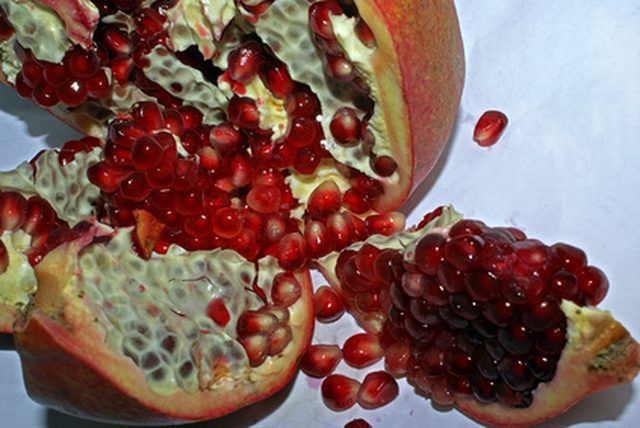Bulbs
Flower Basics
Flower Beds & Specialty Gardens
Flower Garden
Garden Furniture
Garden Gnomes
Garden Seeds
Garden Sheds
Garden Statues
Garden Tools & Supplies
Gardening Basics
Green & Organic
Groundcovers & Vines
Growing Annuals
Growing Basil
Growing Beans
Growing Berries
Growing Blueberries
Growing Cactus
Growing Corn
Growing Cotton
Growing Edibles
Growing Flowers
Growing Garlic
Growing Grapes
Growing Grass
Growing Herbs
Growing Jasmine
Growing Mint
Growing Mushrooms
Orchids
Growing Peanuts
Growing Perennials
Growing Plants
Growing Rosemary
Growing Roses
Growing Strawberries
Growing Sunflowers
Growing Thyme
Growing Tomatoes
Growing Tulips
Growing Vegetables
Herb Basics
Herb Garden
Indoor Growing
Landscaping Basics
Landscaping Patios
Landscaping Plants
Landscaping Shrubs
Landscaping Trees
Landscaping Walks & Pathways
Lawn Basics
Lawn Maintenance
Lawn Mowers
Lawn Ornaments
Lawn Planting
Lawn Tools
Outdoor Growing
Overall Landscape Planning
Pests, Weeds & Problems
Plant Basics
Rock Garden
Rose Garden
Shrubs
Soil
Specialty Gardens
Trees
Vegetable Garden
Yard Maintenance
Pomegranate Tree Problems
Pomegranate Tree Problems. Native to the area around the Mediterranean, the pomegranate has been cultivated for centuries. Pomegranate trees grow to 16 feet tall and though they are relatively disease resistant, watch for a few potential problems. The first defense is, quite simply, to keep it healthy with adequate drainage and air circulation.

Native to the area around the Mediterranean, the pomegranate has been cultivated for centuries. Pomegranate trees grow to 16 feet tall and though they are relatively disease resistant, watch for a few potential problems. The first defense is, quite simply, to keep it healthy with adequate drainage and air circulation.
Leaf Damage
Cercospora is a fungus that can cause brown spots to appear on the leaves of your pomegranate. This fungus may also cause the leaves to turn yellow and curl. Heavy infestations may cause severe leaf drop. This fungus thrives in hot, humid conditions. Remove infected leaves and treat your tree with a fungicide to prevent spread.
White fly, mealy bugs or scale insects may also attack your pomegranate leaves causing wilt, discoloration and ultimately defoliation. Spray your tree with an insecticide, making sure to get the underside of the leaves. Repeat the application in 30 days to prevent further infestation.
Twig Die-Back
Pleuroplaconema or Ceuthospora phyllosticta, both stem borers, bore into twigs and branches causing the branches to die back. In early summer, the adult stem borer lays its eggs in with the stem of the plant. The larvae appear like cream-colored caterpillars and are about 1 inch long. Left untreated, stem borers can kill your pomegranate tree. At the first sign of this pest, treat your tree with an insecticide. Repeat in 30 days for best results.
Disfigured Fruit
The pomegranate butterfly will lay its eggs on the pomegranate flowers. After a few days, the eggs will hatch and the caterpillars will burrow into the new fruit, and begin to feed. Left untreated, pomegranate butterflies can destroy an entire crop of pomegranates. Treat your pomegranate tree with a pesticide at least twice, 30 days apart, to eliminate this insect.
Fruit Rot
Phomopsis sp. is a fungus that attacks the fruit causing it to rot. Itís more common in humid, hot climates. Your pomegranate fruit will have soft areas on the outside of the fruit indicating the inside is beginning to rot. Once your fruit is infected, it can not be saved. Remove all infected fruit from your tree and spray with a fungicide to prevent further spread of the fungus.
Trunk or Wood Damage
Termites are voracious pests that can damage and kill your pomegranate tree. They burrow into the trunk, eating your tree from the inside out. Termites swarm in the spring, so this is the most likely time to spot them. Many control methods exist such as insecticides, termite soil treatments to create a barrier or termite baits. Look for sawdust-like deposits on the ground around the trunk of your tree and dead or dying branches.